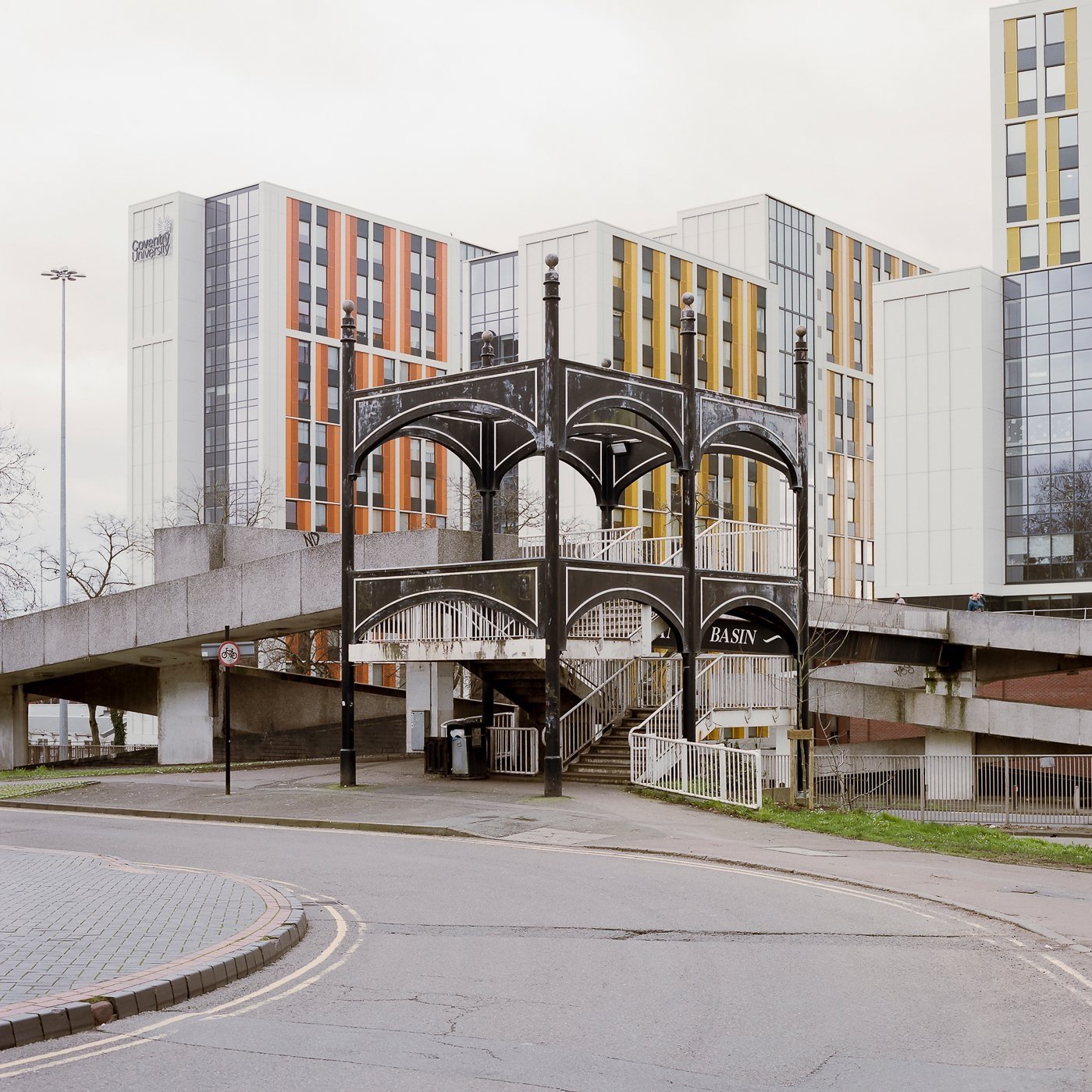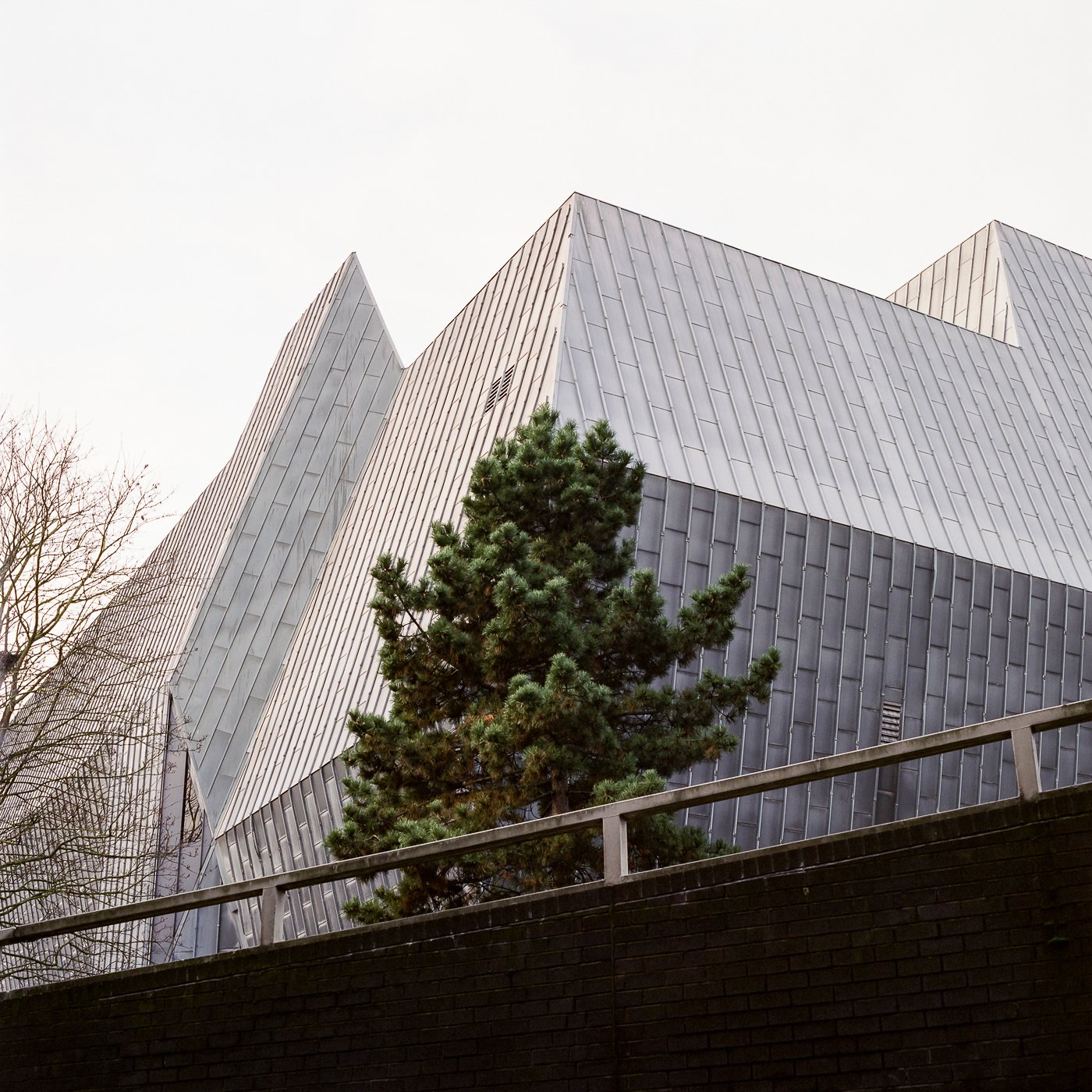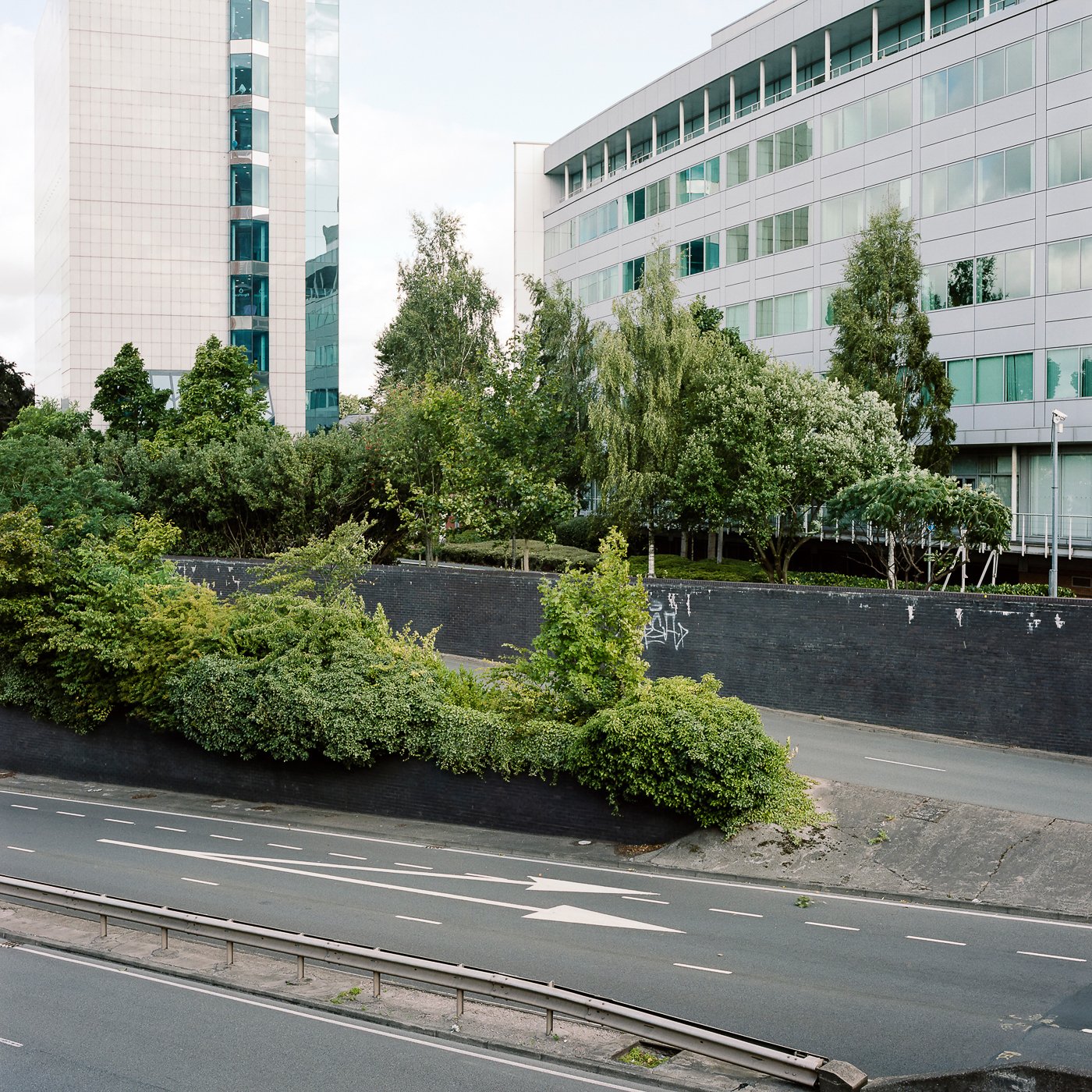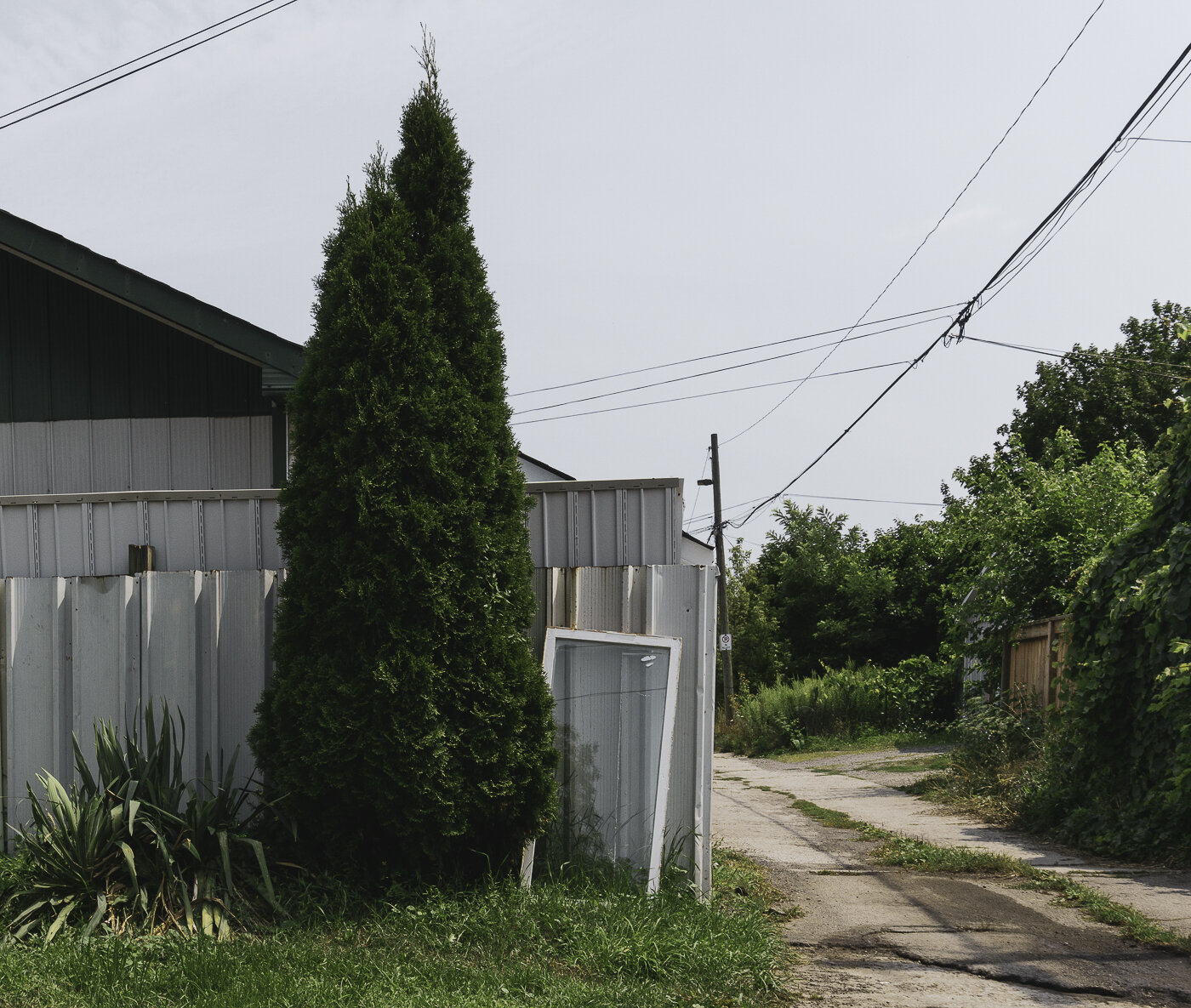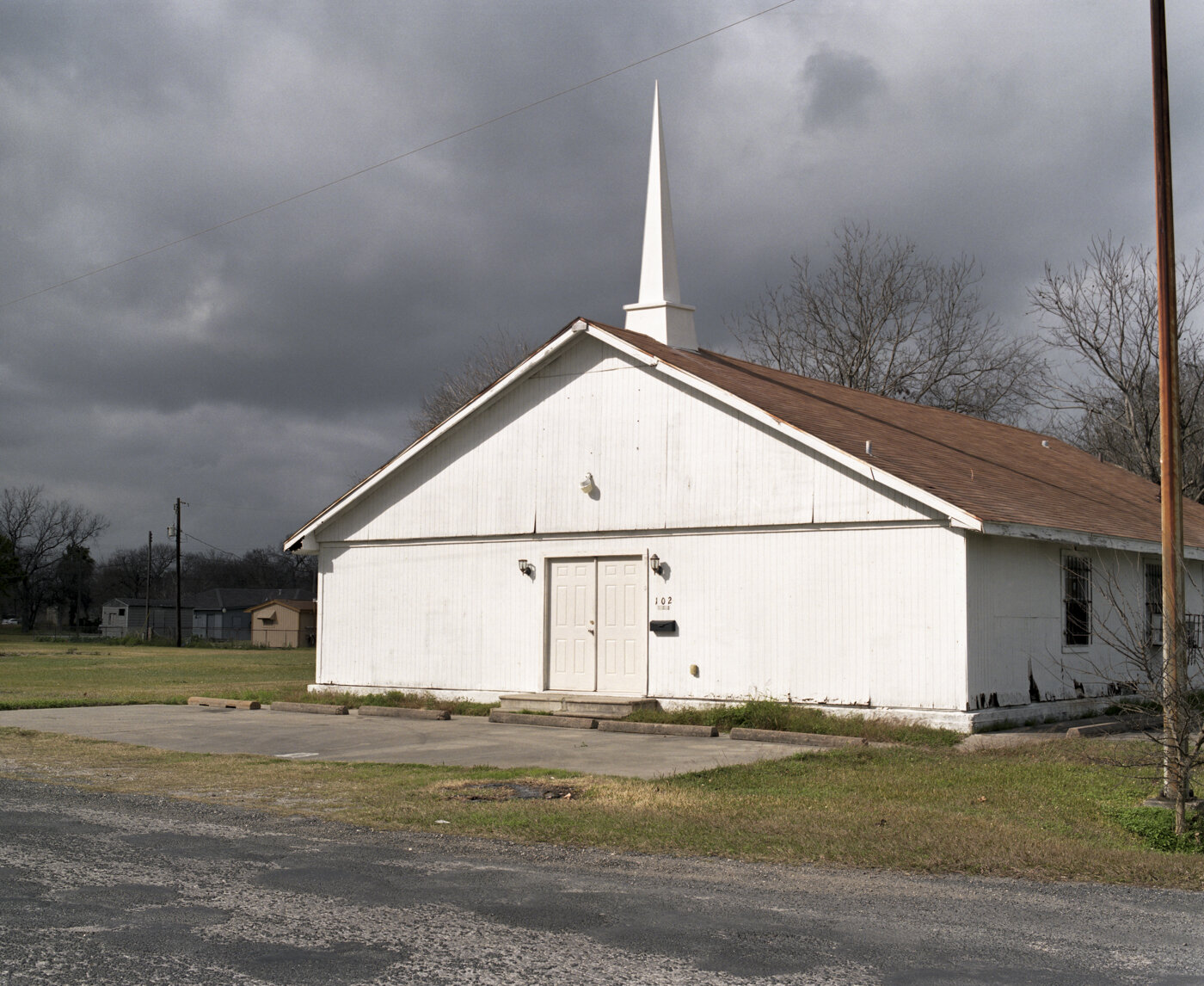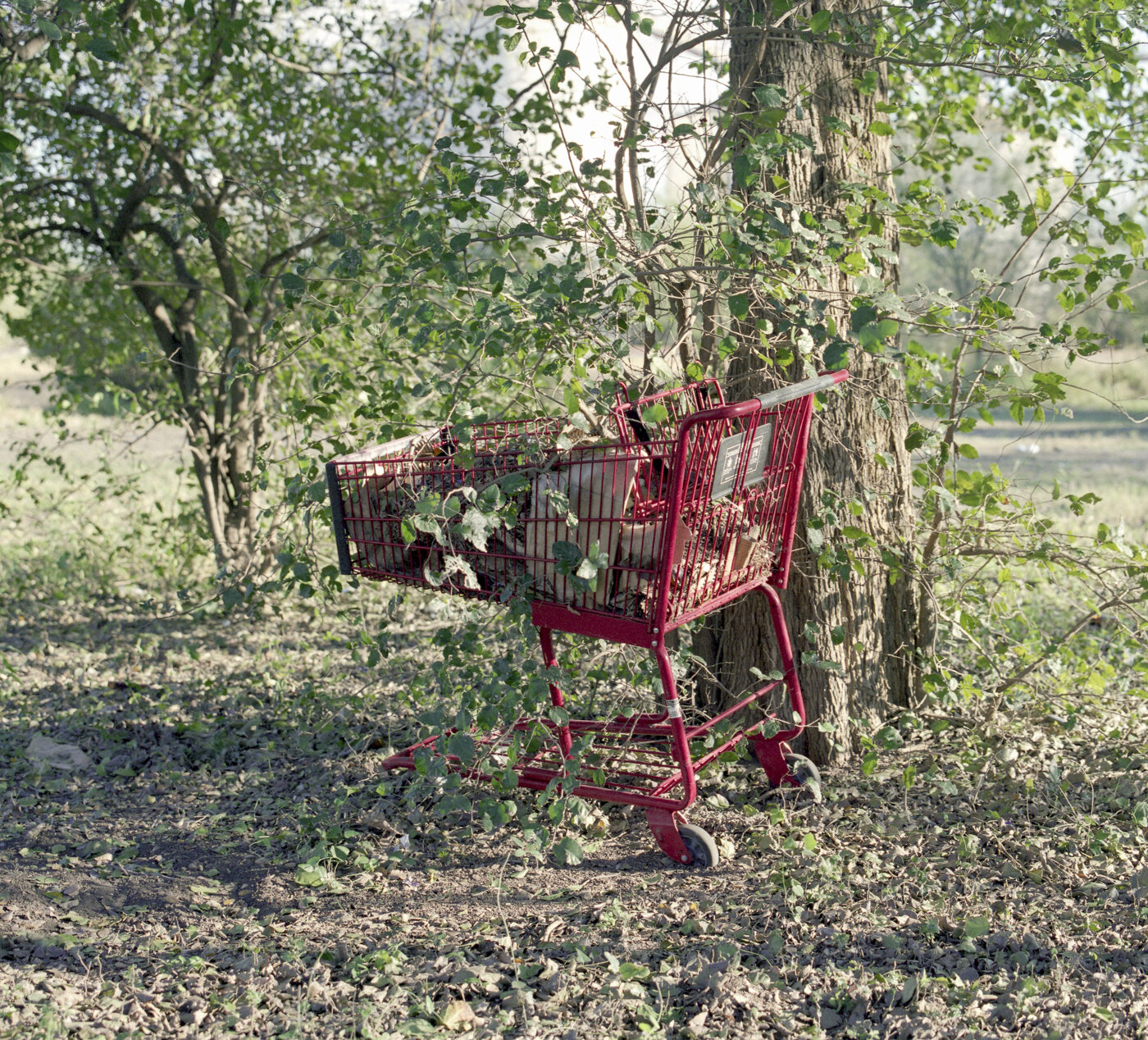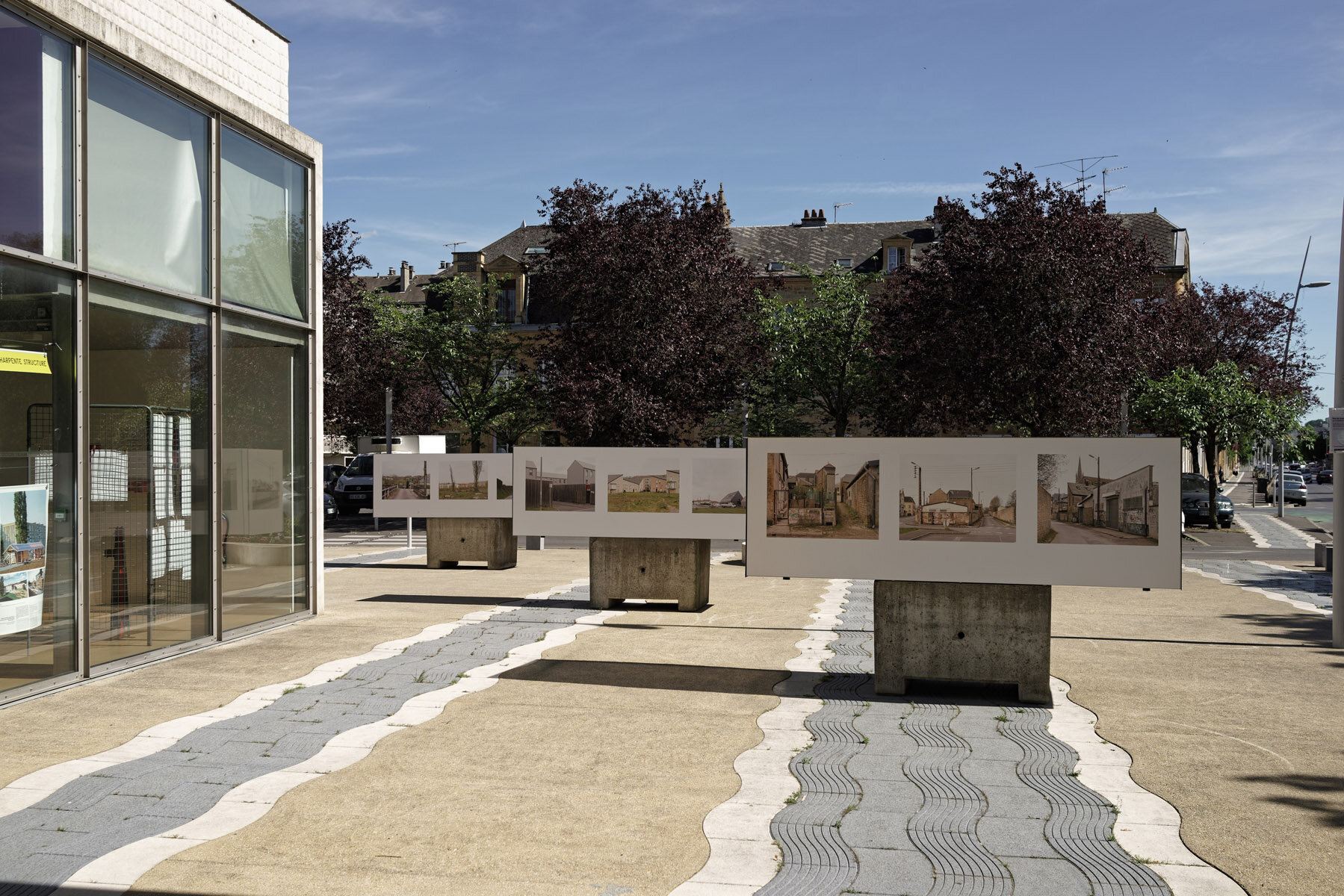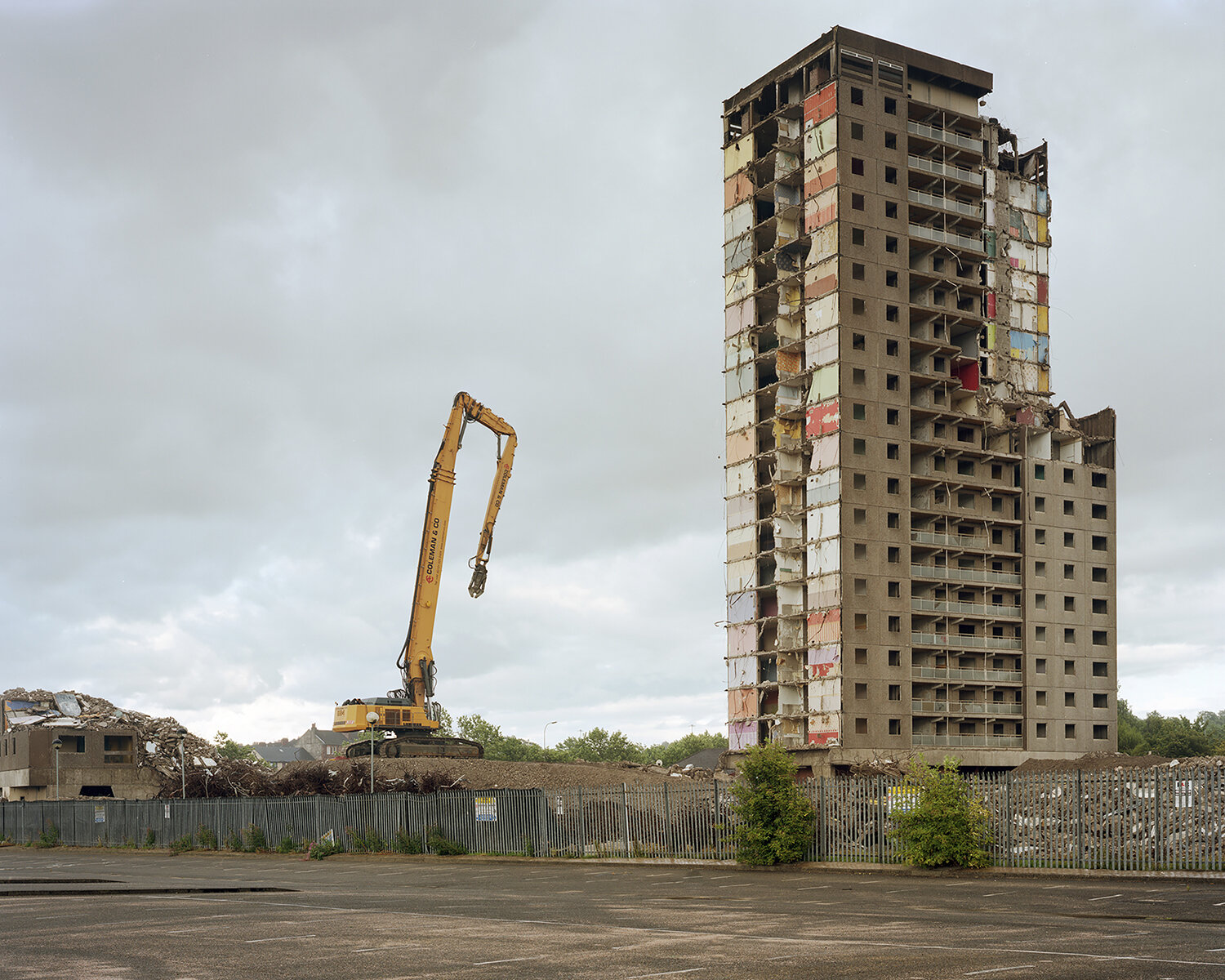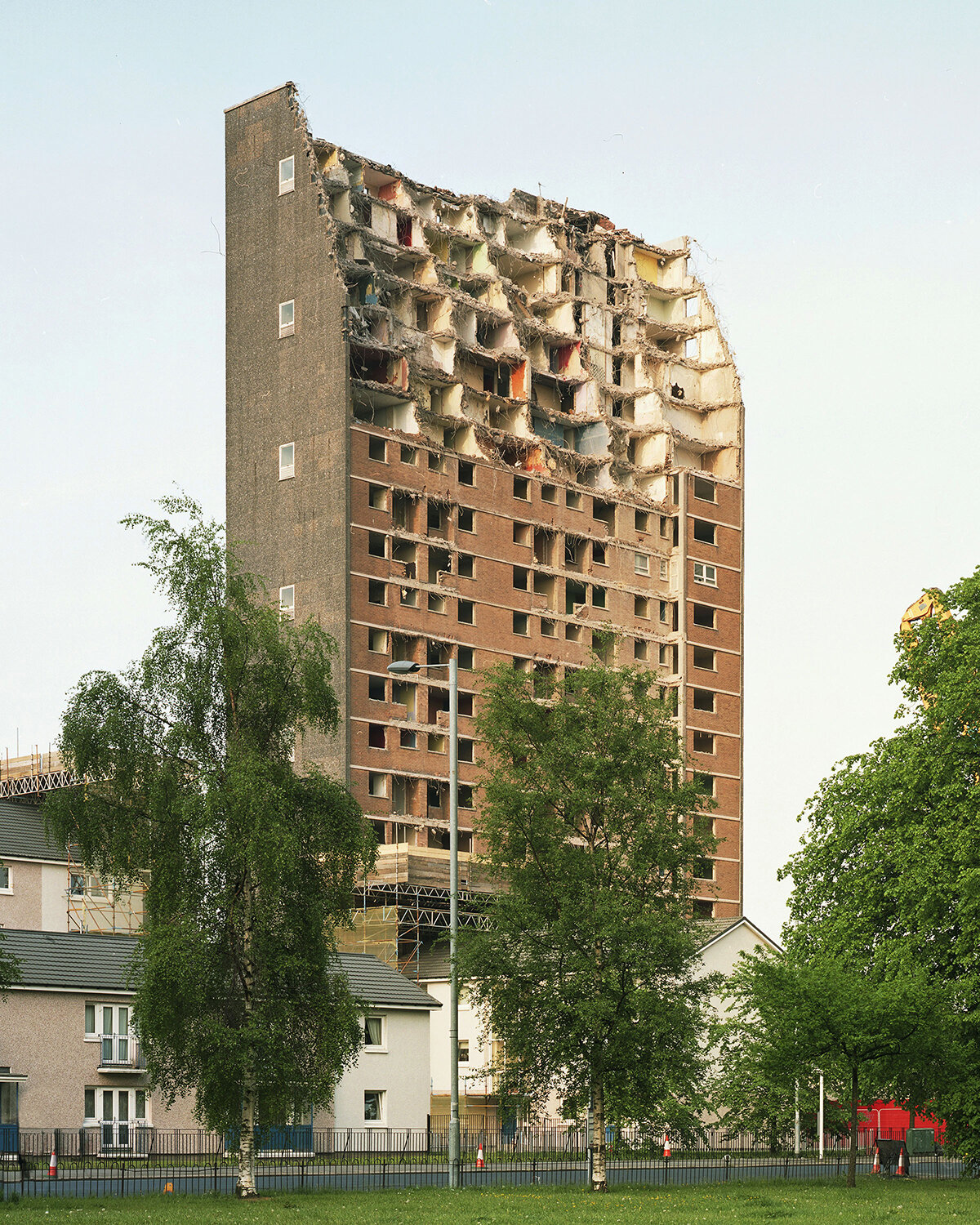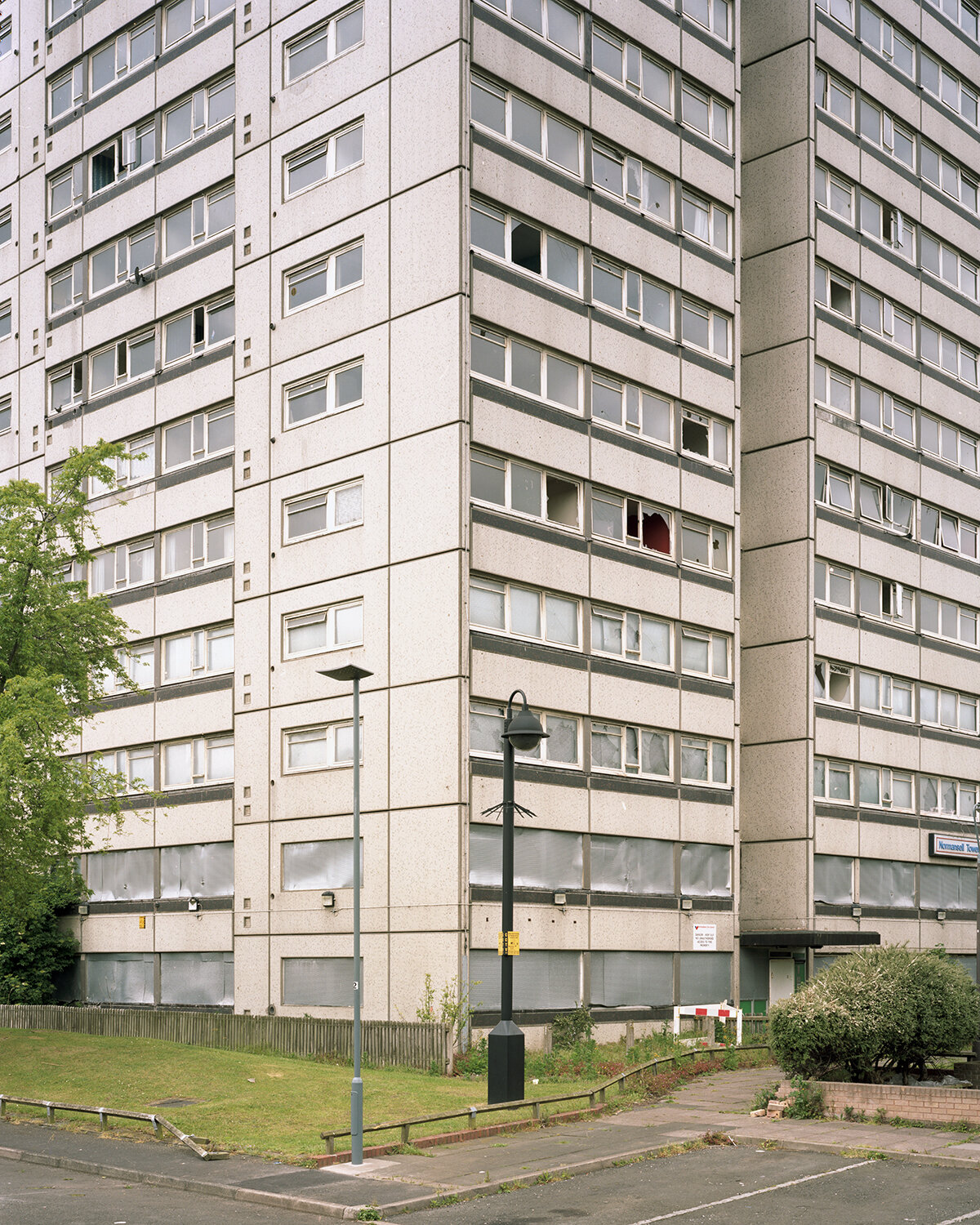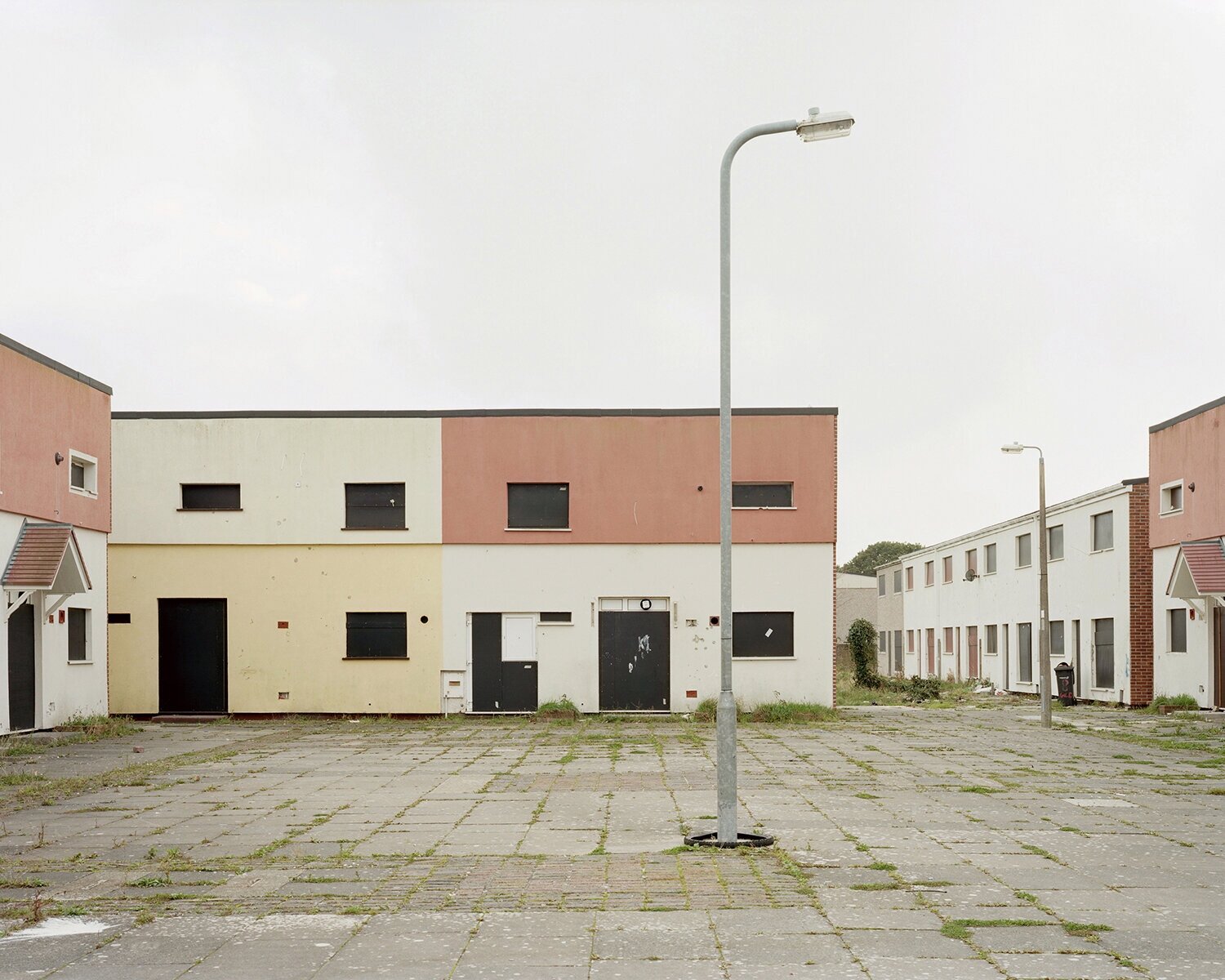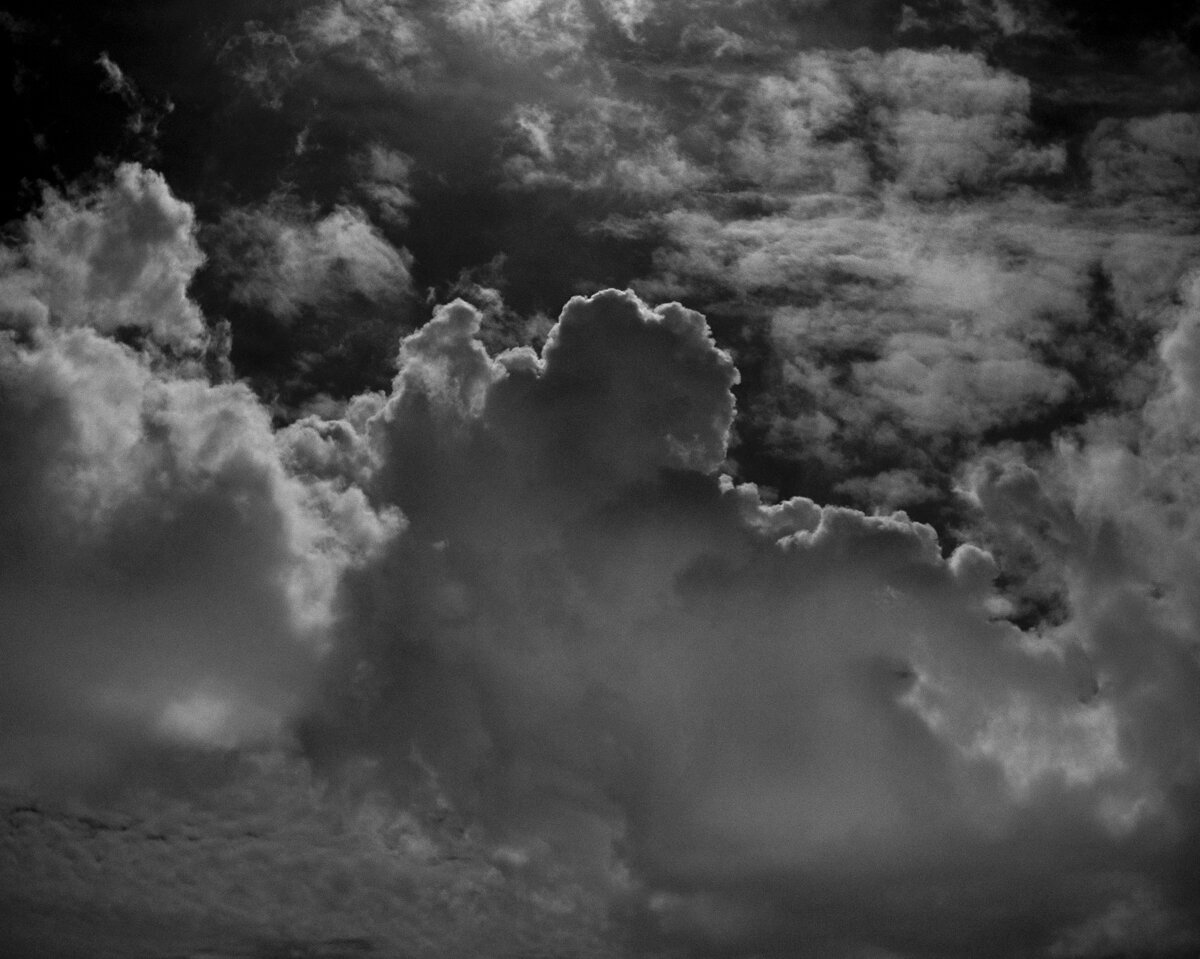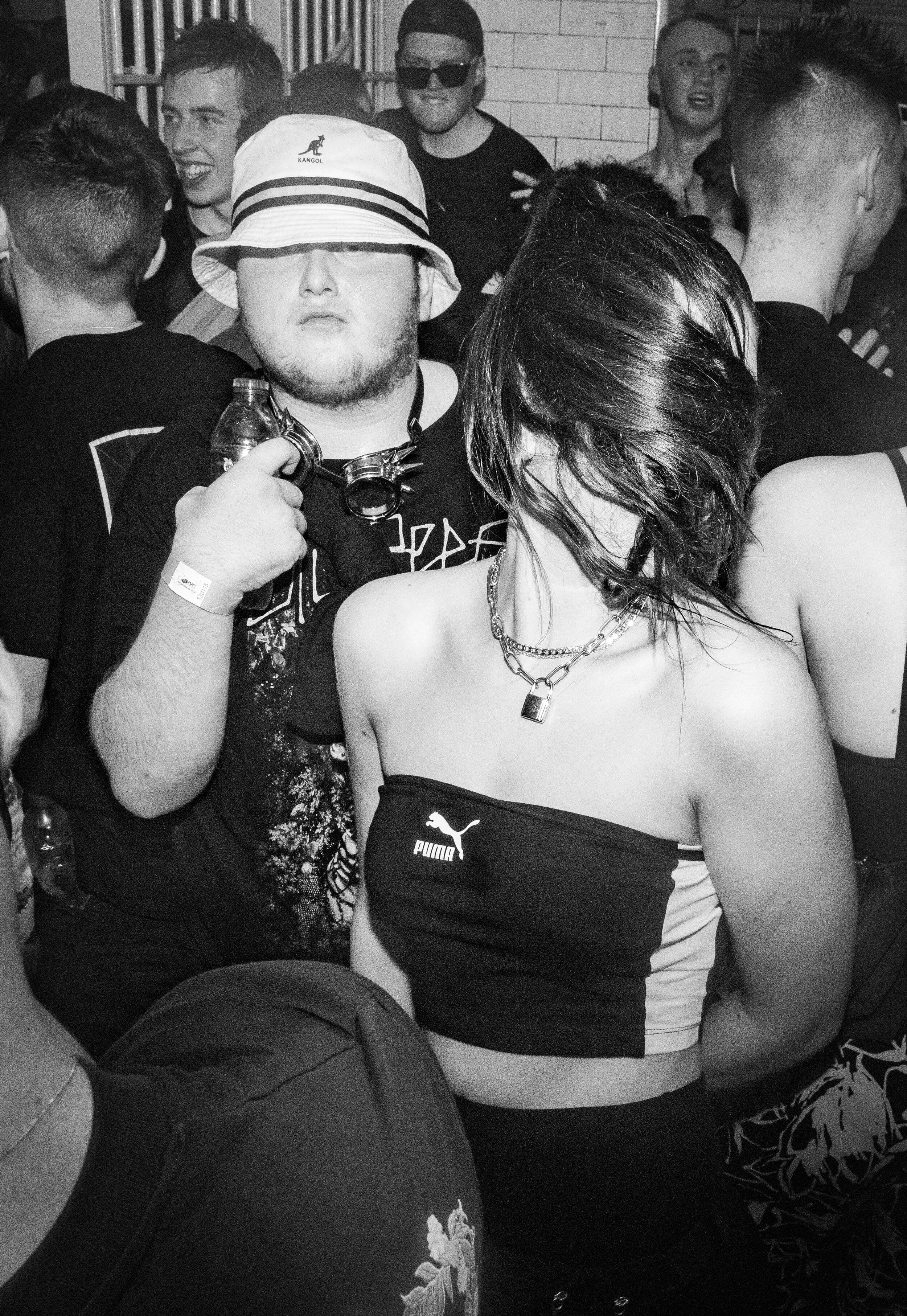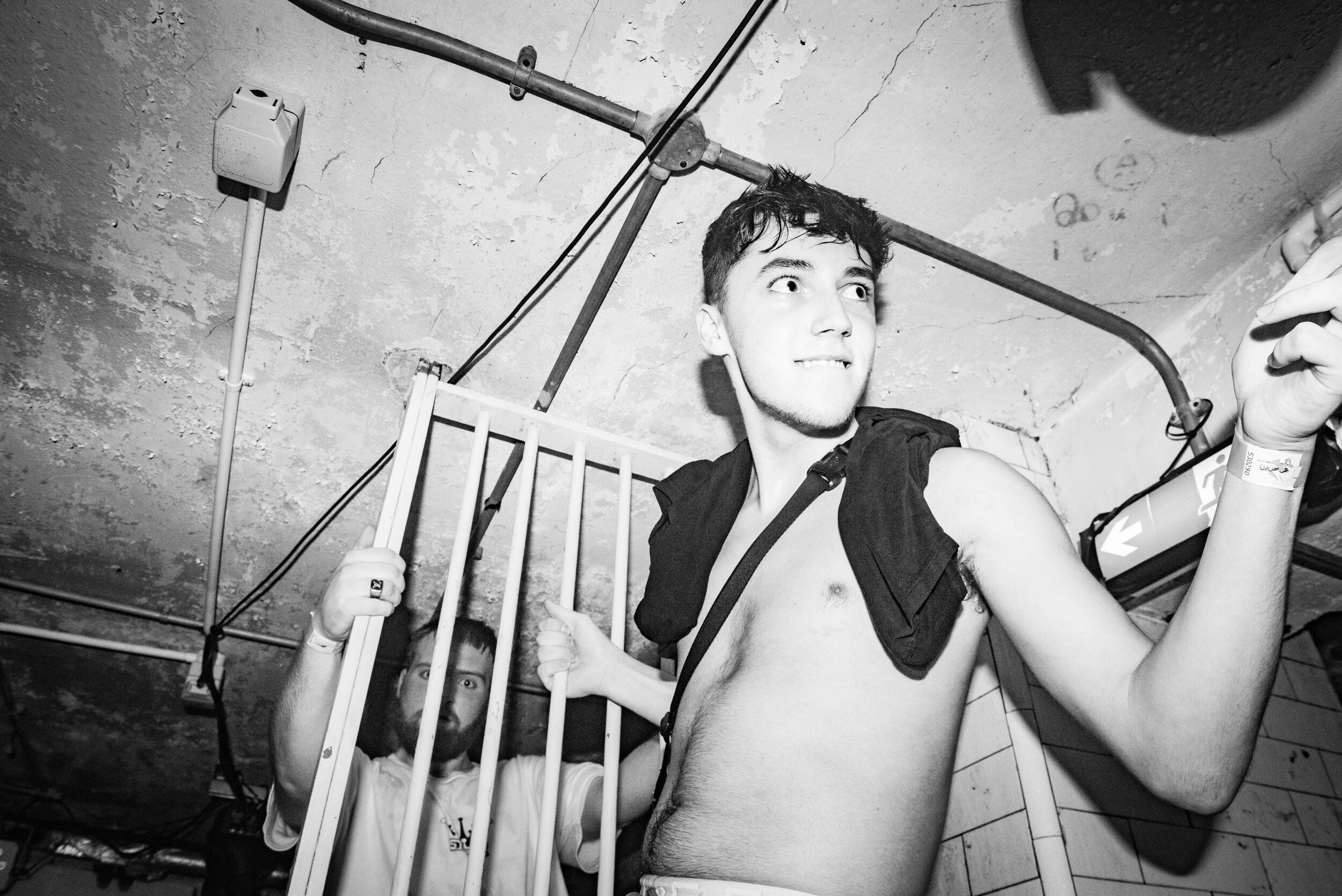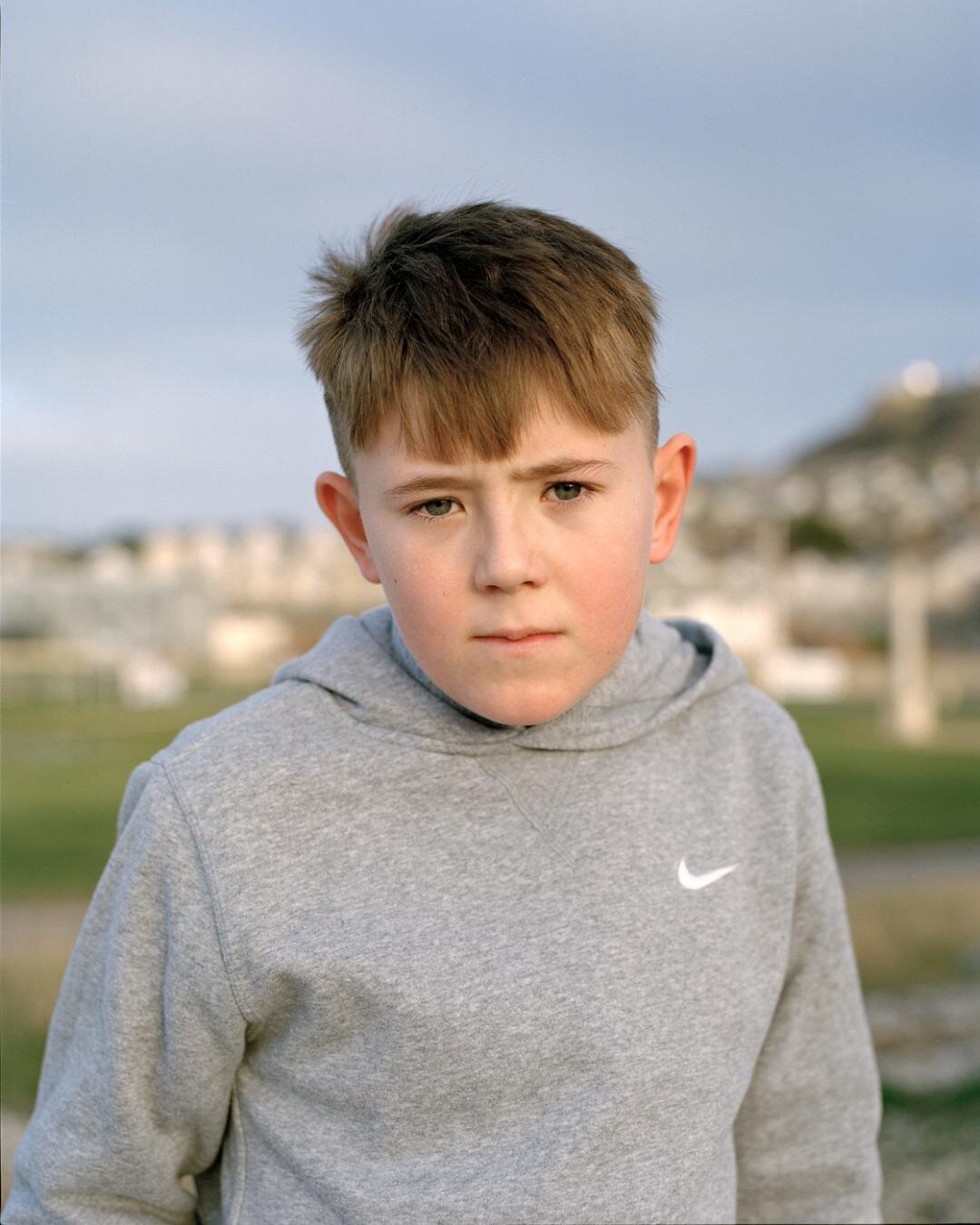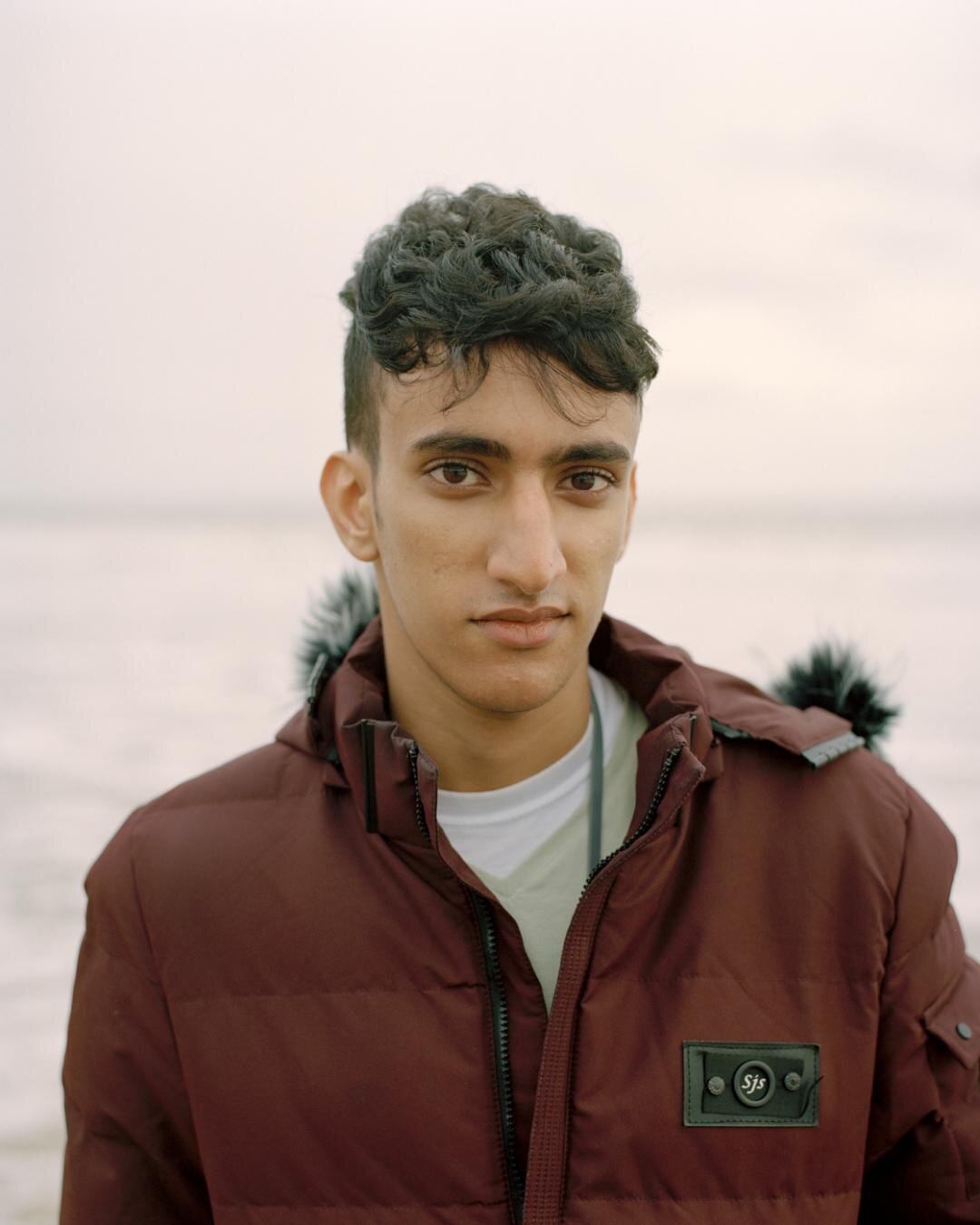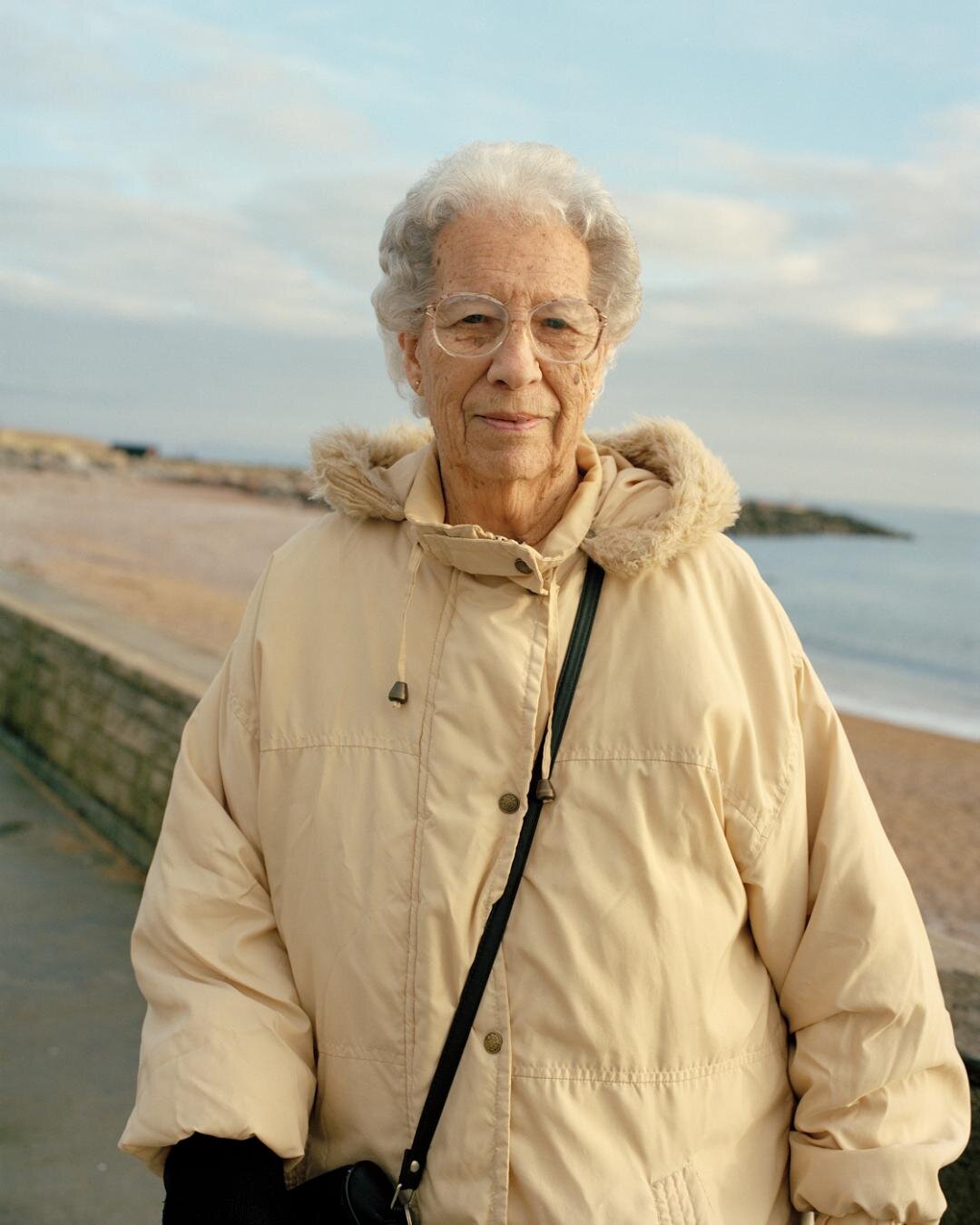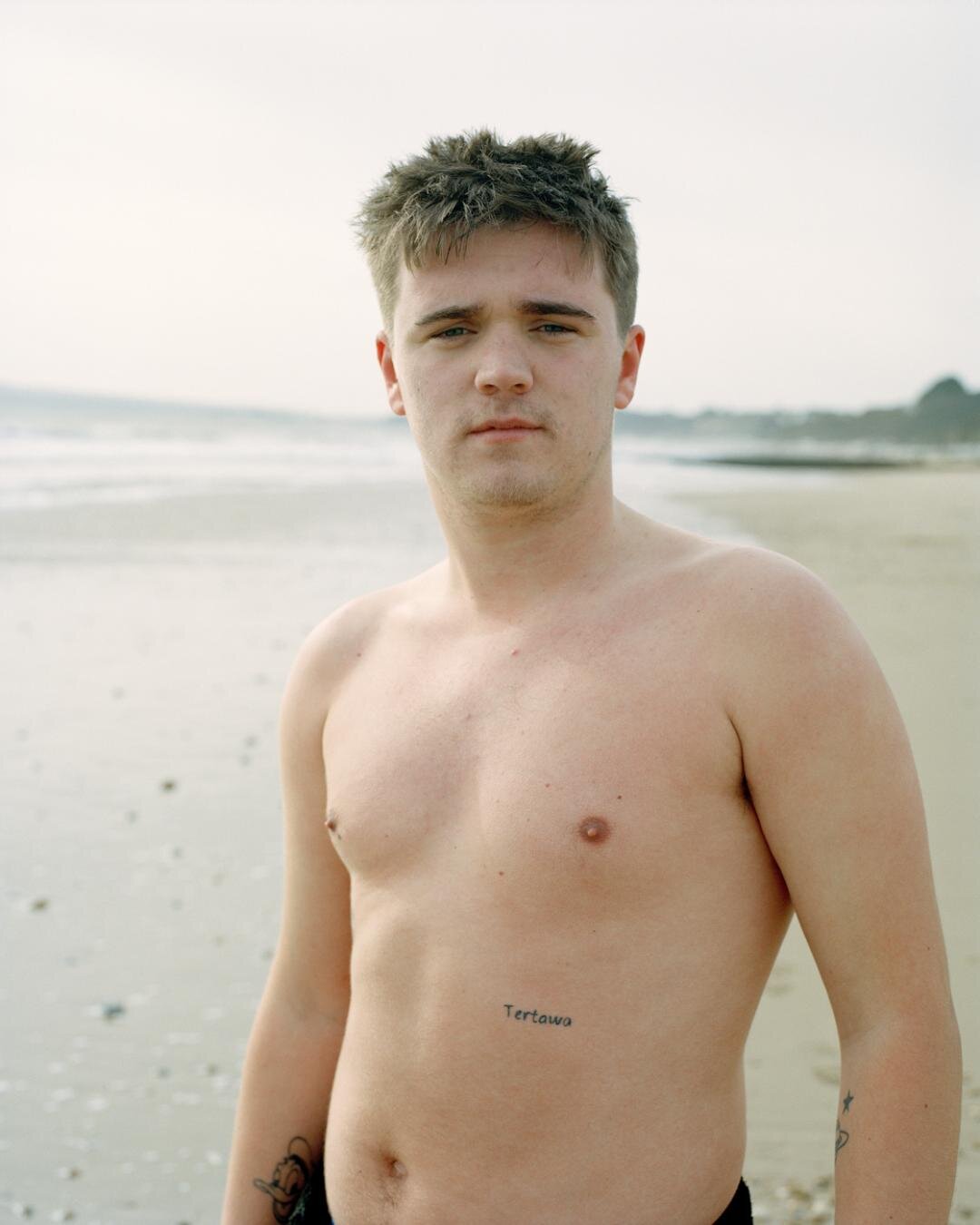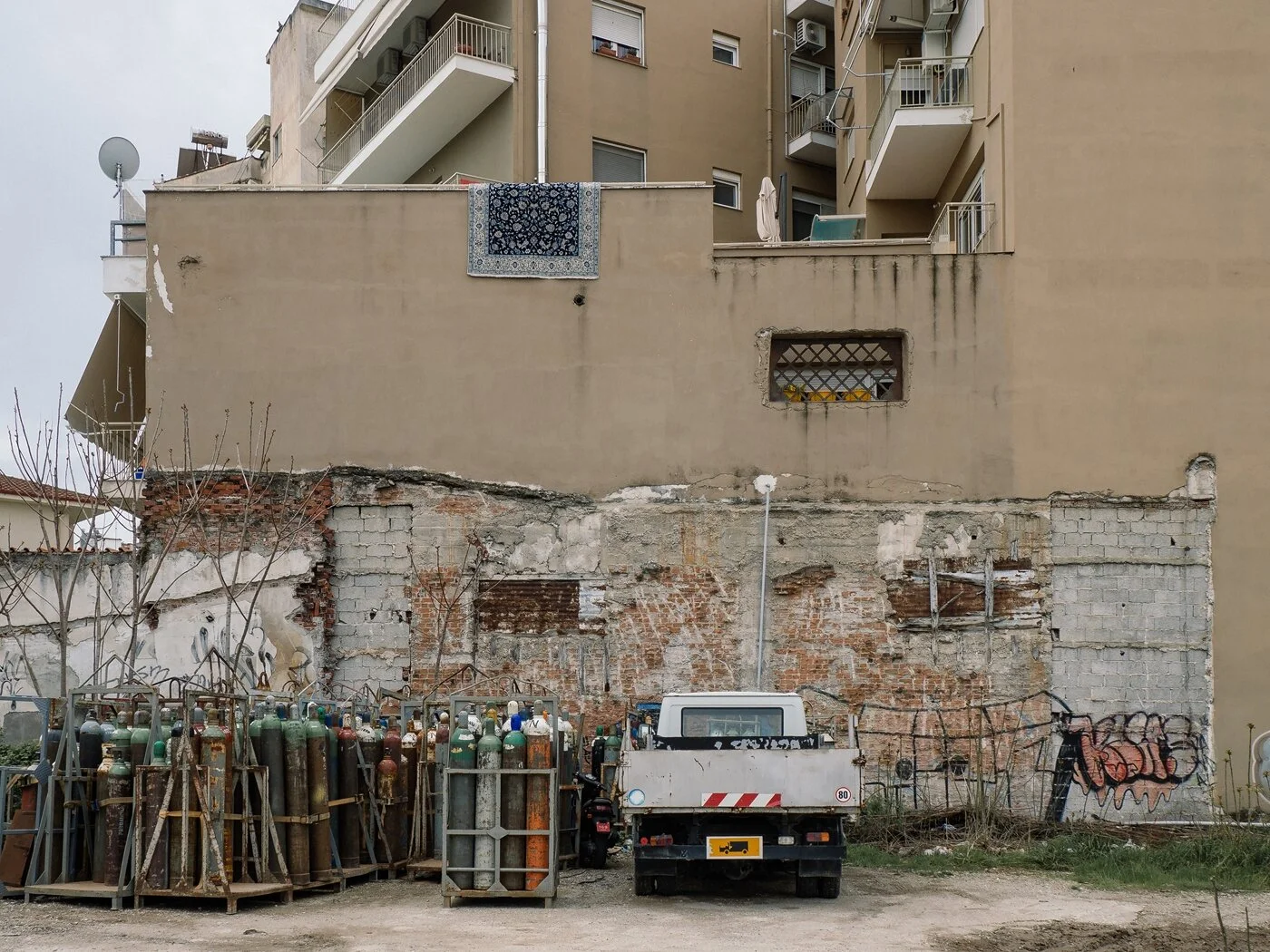Built for the growing demand of the motor vehicle following the Second World War, on the blank canvas of a flattened city centre, the primary aim of Coventry’s inner ring road was to relieve the centre of congestion and connect the city. The Coventry ring road is a 2.25 mile dual carriageway encircling Coventry City Centre. It was designed by Coventry City Council’s in-house City Engineers Department, under Donald Gibson, Coventry’s first appointed City Architect and Planning Officer. Officially the A4053, it took 14 years of construction and more than 25 years of planning before the road was completed in 1974.
Concrete Collar was made over a period of three years. The photographs exhibit a historically and culturally important part of Coventry's urban landscape, as it exists within a rapidly changing environment. The images reflect how the city is regenerating and growing within the constraints of its post-war footprint.
The ring road, and the radial arms that have been made linking traffic to it, have swathed through property, stopped up roads, brought us subways and overbridges. We have built another defensive wall like the old city wall, this time to keep the through traffic out!
Newbold, E. B. (1982) Portrait of Coventry p. 52
Tom Illsley is a photographer from Coventry. His practice involves explorations of landscape rooted in historical and geographical themes. Illsley graduated from the Photography BA degree course at Nottingham Trent University in 2015. He was the winner of the Genesis Imaging Bursary Award which supported the production of his inaugural solo exhibition Meridian. He is now engaged in professional development and personal projects. Concrete Collar, was exhibited at Coventry Cathedral in summer 2021.
tomillsley.com



